I tried a dehumidifier to clear my window condensation and was surprised how well it worked
I'm putting years of mopping up window condensation behind me thanks to getting my hands on this brilliant dehumidifier — plus my washing has never dried faster indoors
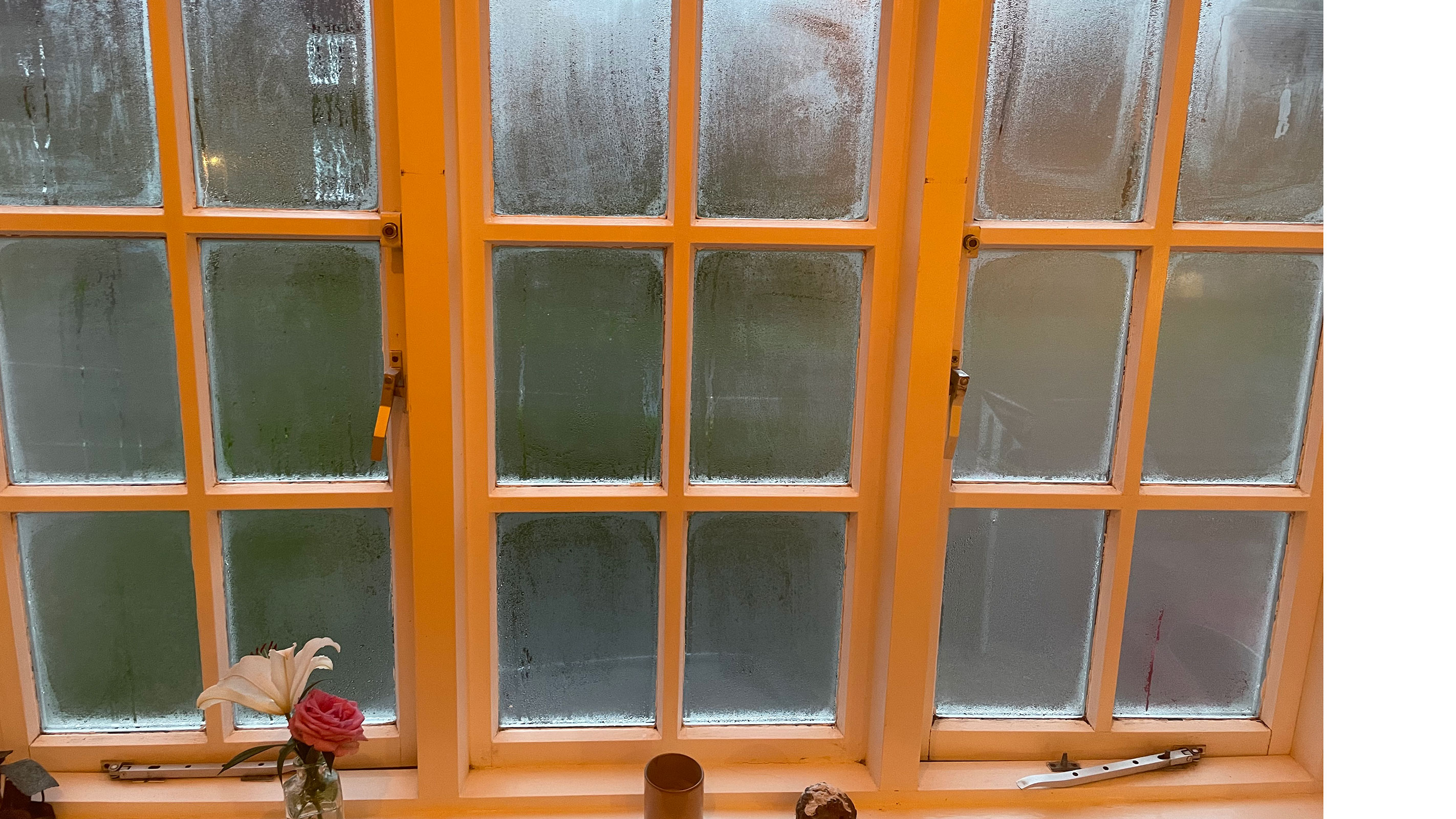
As much as I love period properties, with all their charm and history, as anyone living in one will tell you, they are not without their issues — condensation on windows being one of them.
My house is an Edwardian cottage and, despite having renovated it and brought it largely up to modern standards, it is a cold house, with cold floors and, in all honesty, could probably do with an insulation upgrade. In short, it is draughty, pretty badly insulated and has single glazing in several rooms.
As such, once the temperatures start to fall, our windows in the bedrooms and living room are running with condensation, which pools on the window cills and around the glazing bars. We have to mop them up every single morning to prevent damp forming, although black spotty patches around the windows and behind curtains are not a rare sighting.
Having written extensively on the subject of condensation, damp and mould over the years (the glamour!) I have often come into contact with industry experts, all of whom sing the praises of dehumidifiers and the role they can play in helping to reduce or eliminate condensation — so I decided to see if they were right.
What was the condensation in my house like?
As I've said, the condensation problem on our windows is pretty dramatic on a cold morning. All the bedroom windows on the first floor are running with condensation from about the beginning of October onwards (depending on the temperatures of course).
We duly open the windows in the hope of reducing the risk of more damp, before getting to work with old cloths to mop up the running water and protect cills and walls.
Although the ground floor is not as badly affected, at times the single-glazed bay window in the living room is also streaked with condensation when we pull up the blind in the morning.
Get the Homebuilding & Renovating Newsletter
Bring your dream home to life with expert advice, how to guides and design inspiration. Sign up for our newsletter and get two free tickets to a Homebuilding & Renovating Show near you.
The newer, extended section of the house mostly seems to escape the problem.
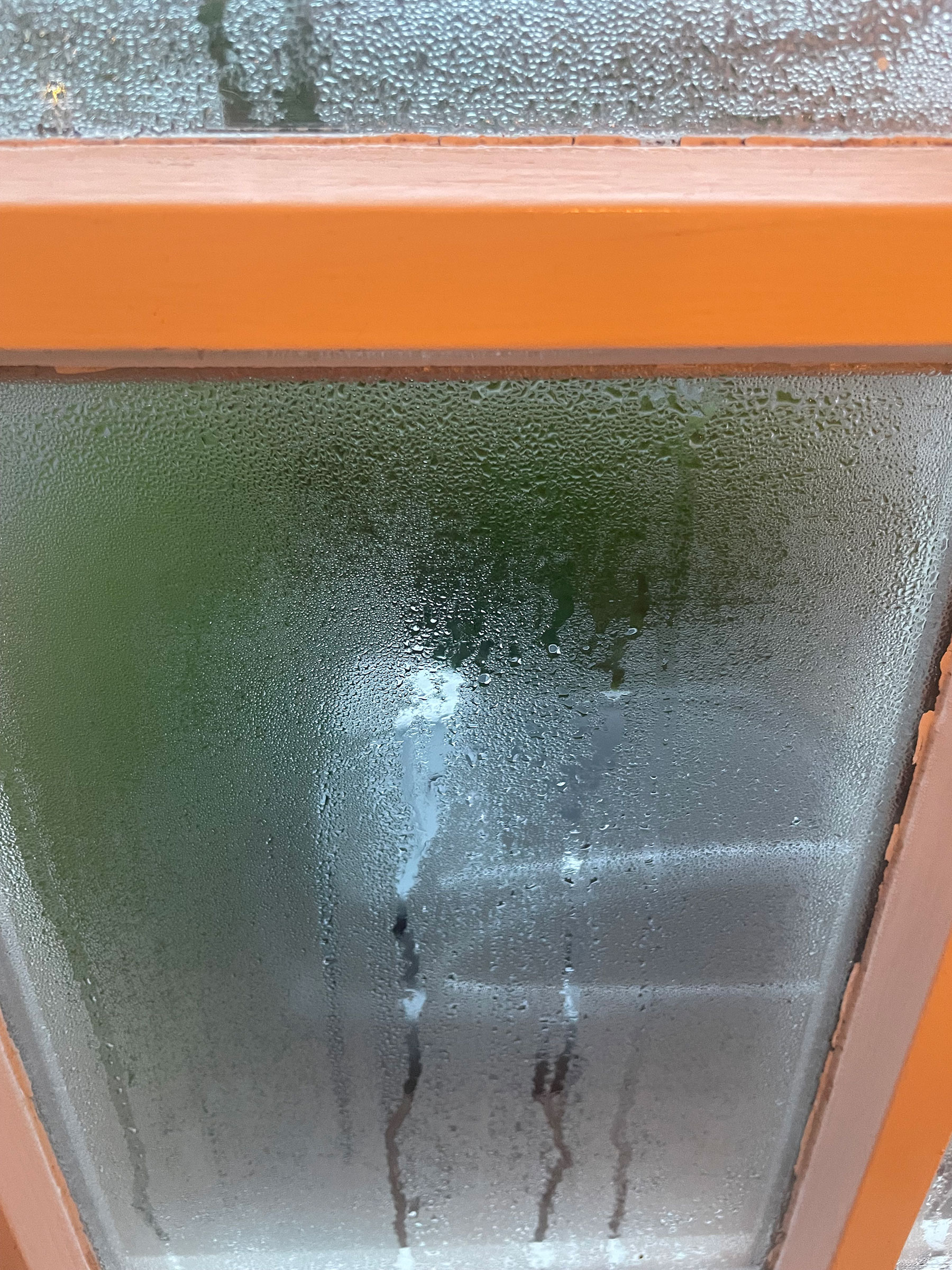
How did I test the dehumidifier?
Having looked at the Meaco 20L Low Energy dehumidifier review, this is the one I decided to give a go.
This model costs around £259.99. Despite my fears, it was really easy to set up and before I knew it I was staring at a relatively humidity reading of almost 90. Given that the average humidity inside UK homes should be around 50-55%rh, this left me feeling a little alarmed in all honesty and keener than ever to get the machine up and running.
I switched it on, set a relatively humidity target of 55% and let it do its thing. In fact, I left it running the whole afternoon and then refused to turn it off at bedtime, much to the annoyance of my husband who said he wouldn't be able to sleep with the fan running.
We compromised and set the fan to low — honestly, the noise didn't bother me one bit. However, I was woken in the early hours of the morning by my husband fumbling around in the dark to turn it off...
Despite these nocturnal activities, when I opened the curtains in the morning, there was not a single drop of condensation on our windows! Interestingly, there was also none to be found on my son or daughter's windows where there usually is, despite both their bedroom doors being shut overnight.
The following day I placed the dehumidifier on the landing during the day, for around six hours and turned it off at bedtime. I admit I had a problem with this. We all sleep with our bedroom doors closed and I couldn't wrap my head around how this would work. And you'll never guess what — still no condensation in the morning. Witchcraft. Clearly the moisture the machine had been dealing with during the course of the day and into the evening had been contributing to the morning condensation.
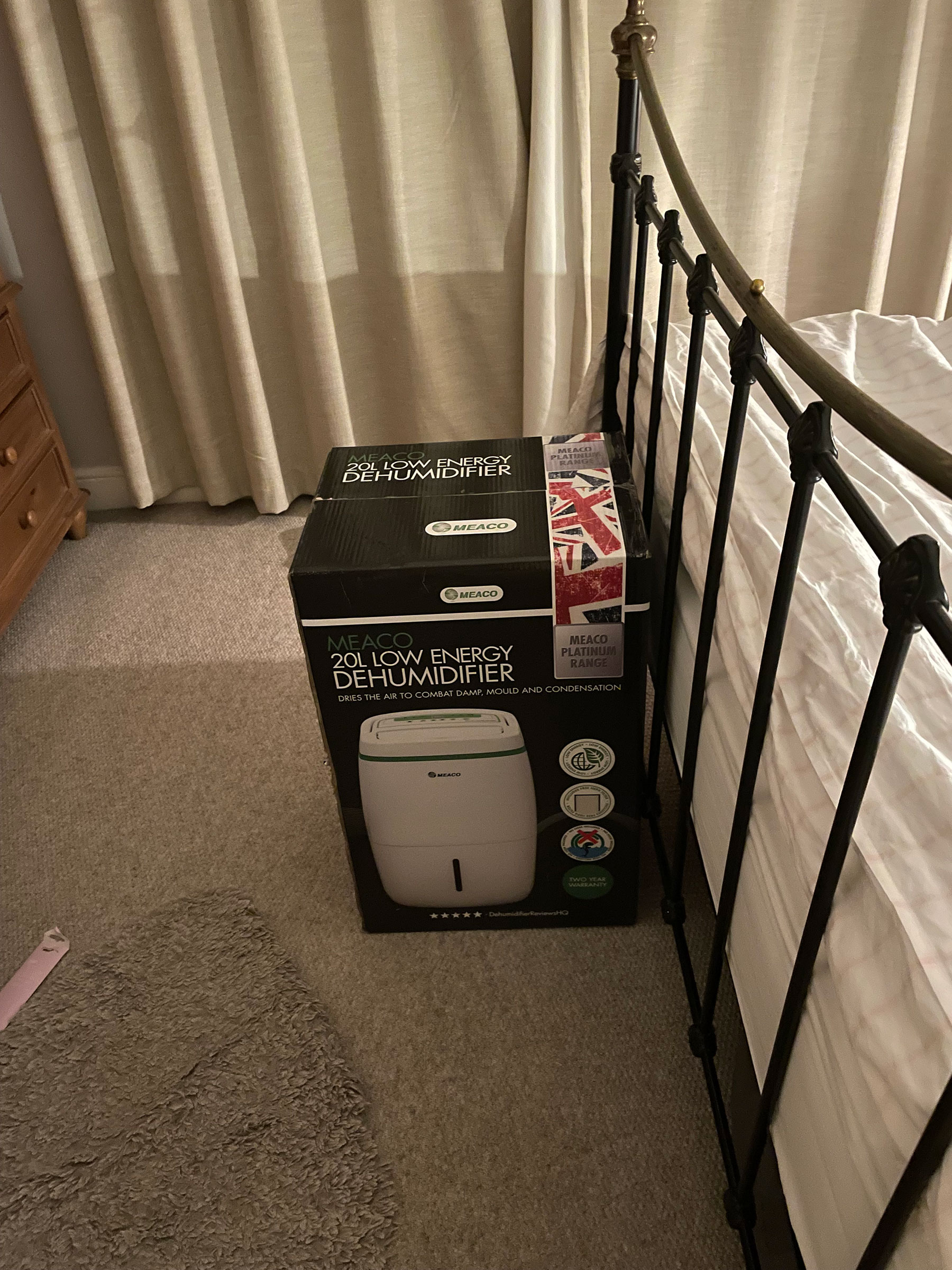
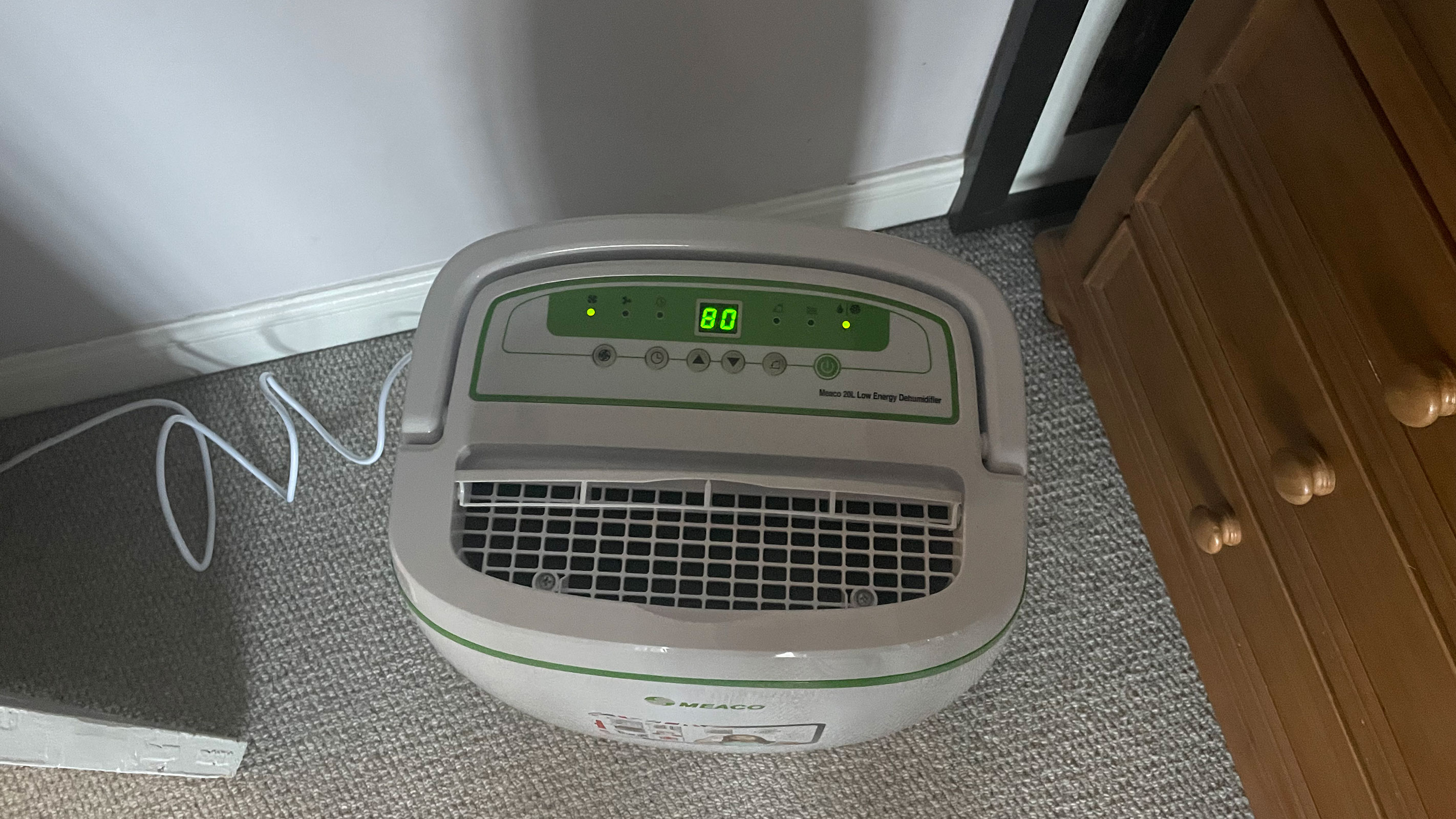
Did the dehumidifier help dry our laundry?
Our other problem in our home is a lack of space in which to dry laundry. While we have an airing cupboard with a hanging rail which is great at drying out some clothes, with two sports-playing teenagers, the dirty washing basket is never empty so we also have to use radiators and a sizeable drying rack in addition to the airing cupboard.
I had previously wondered do dehumidifiers dry clothes and having asked Meaco they were keen to stress that they can. All this damp washing hanging around does nothing to help with the condensation and moisture levels in the air so it is fair to say I couldn't wait to test out this aspect of the dehumidifier.
Although Meaco suggest placing the dehumidifier in a small room with the wet washing and state it is best to keep the door closed, the best I could do was to pop the machine in our bedroom, around a metre and a half away from the clothes rack.
Where a clothes rack-full of washing would normally take around a day and a half to get fully dry inside in our house, with the dehumidifier running, the washing took roughly five hours to dry. Strangely I also noticed that the washing hanging in the airing cupboard, which has louvred doors and is also located on the landing, was drying much quicker.
Did the dehumidifier cost us much to run?
One of the main concerns we had was over dehumidifier running costs — would our newly condensation-free house cost us a fortune?
When calculating dehumidifier running costs, you need to take the model's power rating and find out how much you pay for electricity per kWh. The new Energy Price Cap rates from 1 October to 31 December 2023 stand at 27.35p per kWh.
Dehumidifiers are rated in Watts (W) — this is the amount of power they use.
Our model has a power consumption of 219 watts at 20°C and 60% relative humidity.
To establish how much it would cost to run, we used the following calculation:
0.219kWh x 27.35p = 6p per hour. We have been running the dehumidifier for between 8-10 hours per day, meaning we are spending roughly 48-60p per day. I was really pleased to hear this and felt that the results were well worth it.
How often did the water tank need emptying?
I was worried I would spend all day running to and from the bathroom to empty the water tank to begin with. For the first few days, when running the dehumidifier for between 6-8 hours, we were having to empty the tank around once a day. After a month of using it, however, it only needs emptying once about every three days.
When the tank is full, the machine sounds a beep and switches itself off.
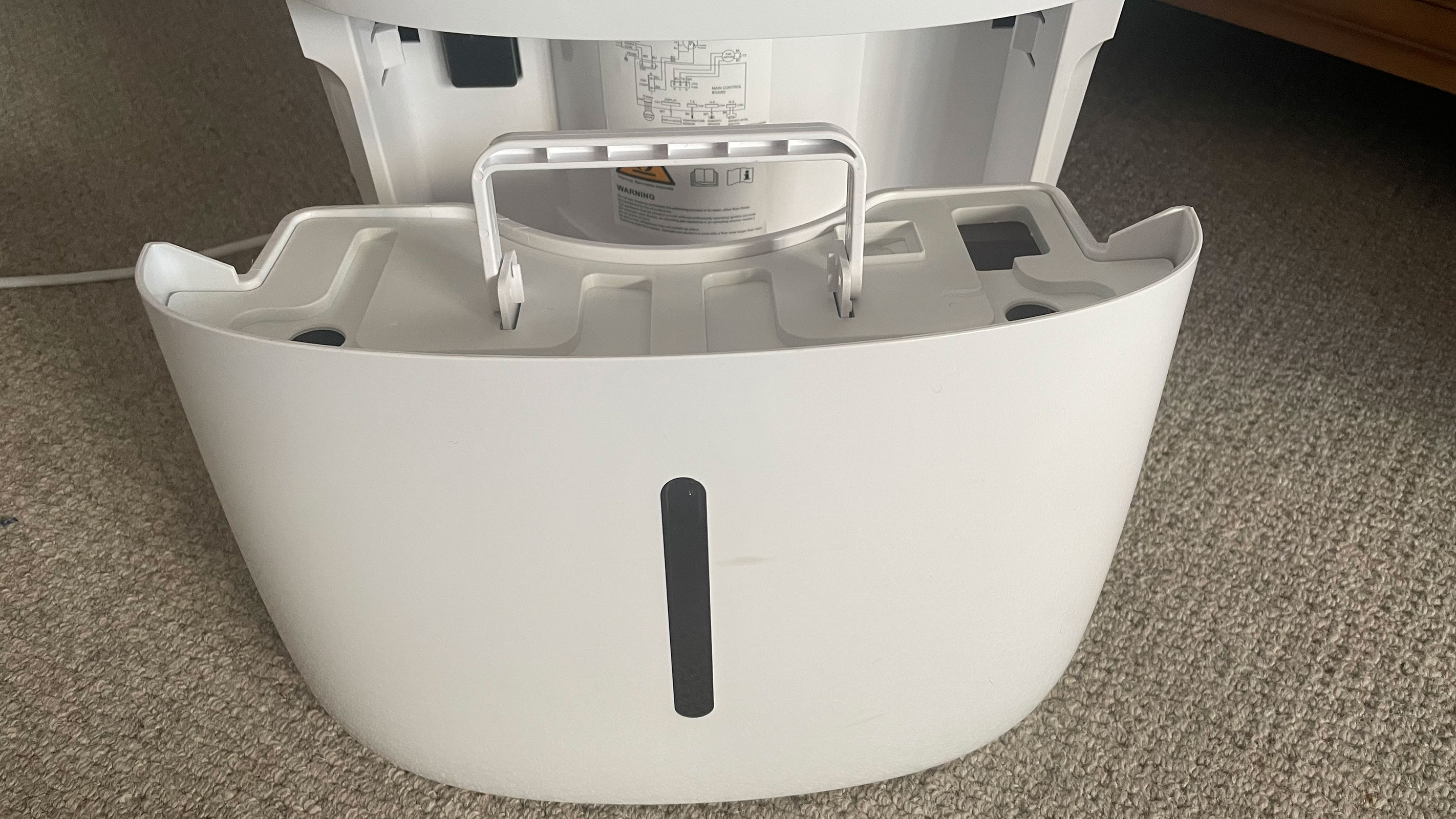
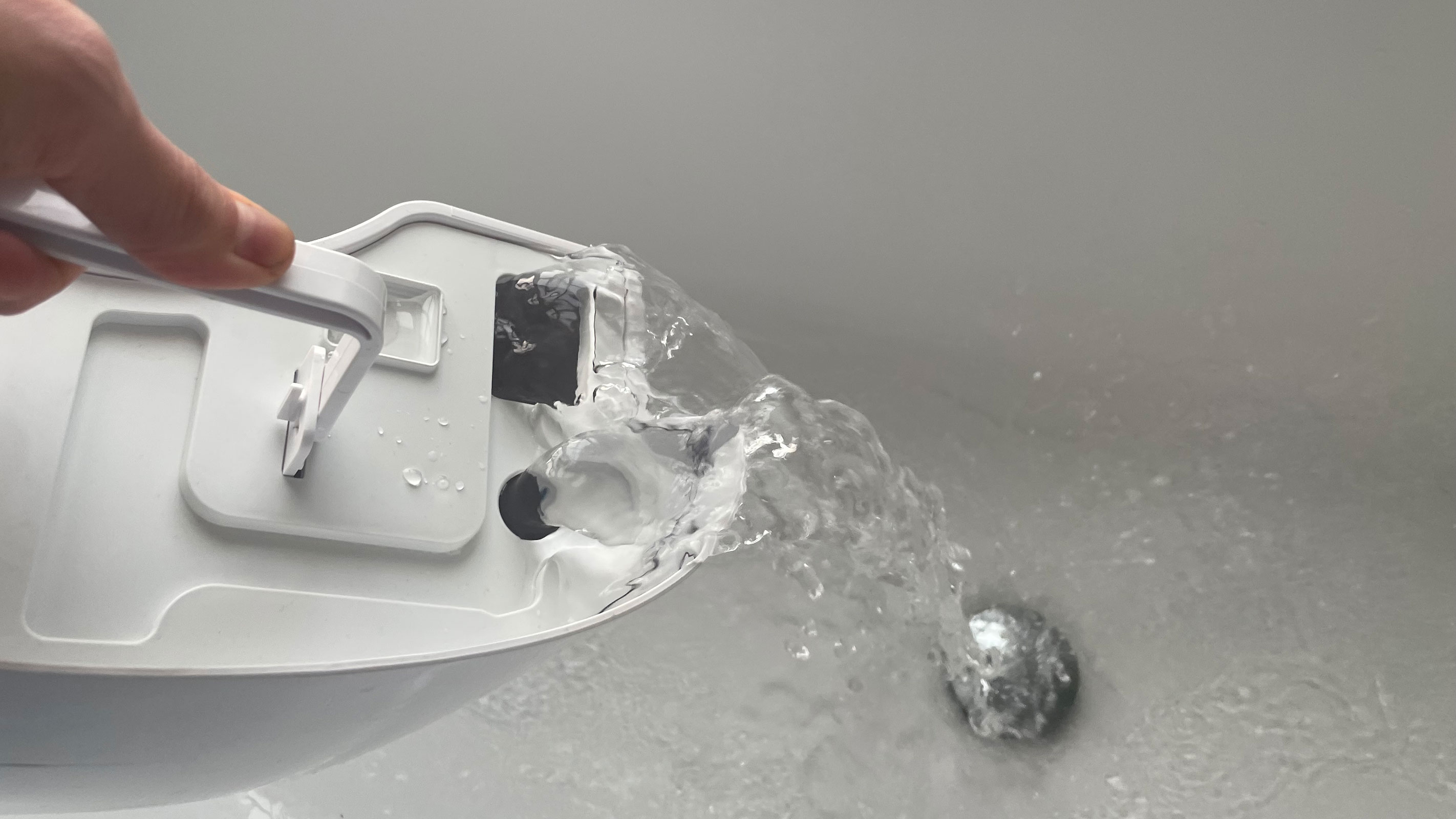
Will I continue to use the dehumidifier?
Yes, yes and yes. I can't tell you how nice it is not to have to set aside 30 minutes or so every morning to mop down windows of their condensation. In terms of mould spots on the walls, we tend to wipe these off as soon as they have appeared and while it is perhaps too soon to say whether or not the dehumidifier has helped with this, no new ones have cropped up in the time that we have been testing it.
Laundry is drying faster, the air quality in the house somehow feels better, upstairs feels noticeably warmer (something that greatly pleased our son on getting out of the shower and stepping into our usually chilly landing) and our windows are no longer sodden.
Natasha was Homebuilding & Renovating’s Associate Content Editor and was a member of the Homebuilding team for over two decades. In her role on Homebuilding & Renovating she imparted her knowledge on a wide range of renovation topics, from window condensation to renovating bathrooms, to removing walls and adding an extension. She continues to write for Homebuilding on these topics, and more. An experienced journalist and renovation expert, she also writes for a number of other homes titles, including Homes & Gardens and Ideal Homes. Over the years Natasha has renovated and carried out a side extension to a Victorian terrace. She is currently living in the rural Edwardian cottage she renovated and extended on a largely DIY basis, living on site for the duration of the project.

